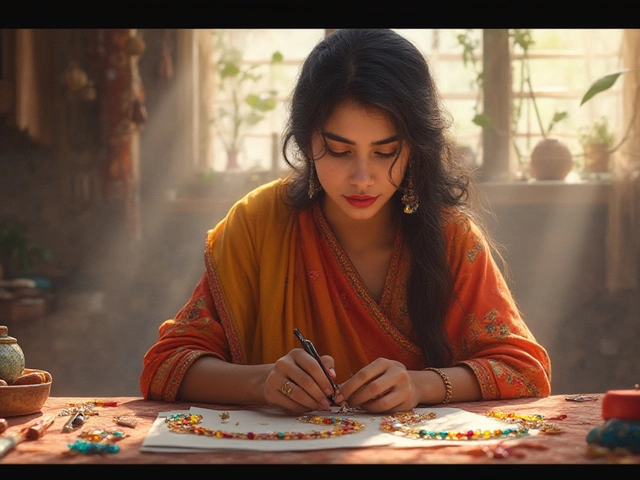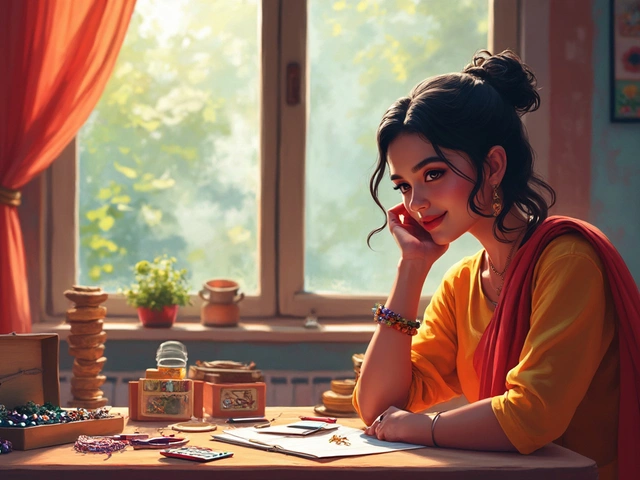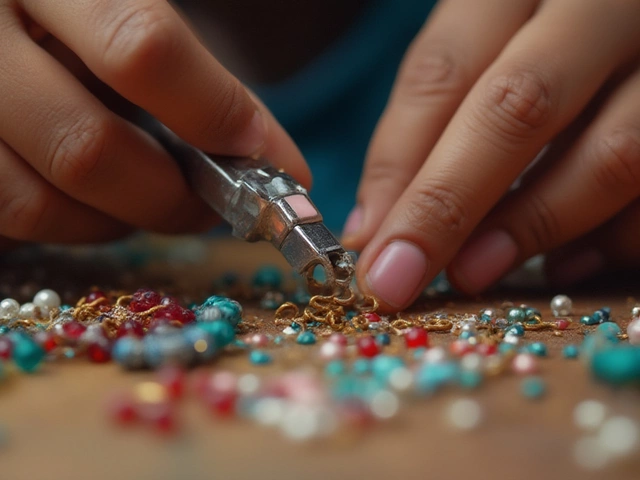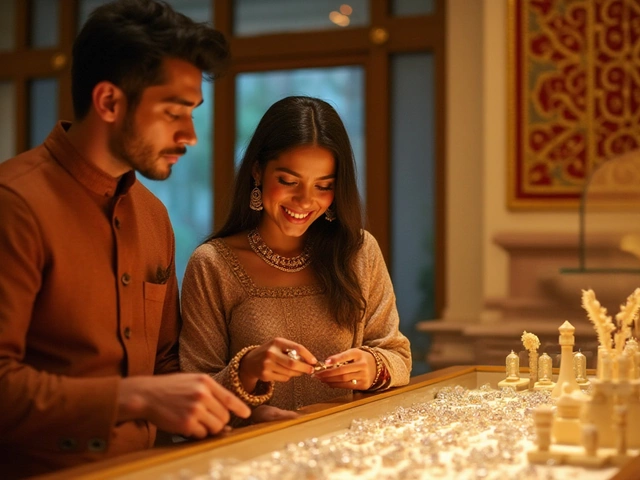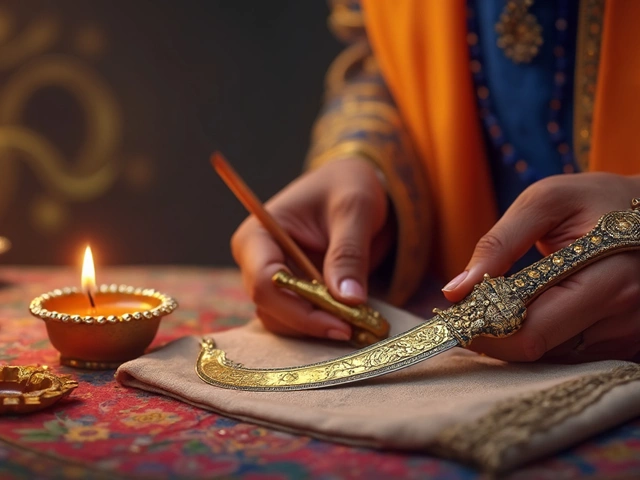Cultural Expectations in Indian Jewelry: A Practical Guide
India’s jewelry isn’t just about sparkle; it’s a language of tradition, family, and identity. Whether you’re picking a nose stud for a festive night or choosing a mangalsutra for a wedding, cultural expectations shape every choice. Understanding these unwritten rules helps you respect heritage while still looking great.
Traditional Symbols and What They Say
Every piece carries meaning. Black bangles, for example, are thought to protect against the evil eye and bring strength. Wearing them on a wedding day signals a bond to ancestors. Nose studs have roots in Hindu and Muslim customs – they often symbolize marital status or regional identity. Black beads in a mangalsutra represent protection and longevity, while gold’s bright hue stands for purity and wealth.
Even the size of a bangle matters. Thick bangles are popular in North India for celebrations, while delicate ones are common in South Indian ceremonies. Knowing these details lets you pick the right piece for the right occasion without feeling out of place.
How to Honor Expectations in Modern Style
You don’t have to sacrifice personal taste. Pair a traditional black bangle with a sleek silver cuff for a fusion look that still respects the protective symbolism. If you love nose pins but want something subtle, choose a tiny gold stud – it nods to heritage without shouting.
When buying a mangalsutra, look for designs that blend classic gold chains with contemporary pendants. This keeps the marriage ritual intact while fitting everyday wear. Remember, the hallmark on gold (like 875) guarantees purity, so you can trust the quality while following tradition.
Mixing fabrics and jewelry can also reflect cultural expectations. A silk saree paired with a simple gold necklace follows the classic rule of “less is more,” while a cotton kurta with a bold nose pin adds a modern twist to a traditional outfit.
Here are a few quick tips to stay on track:
- Ask family members what they consider essential for a specific event.
- Look for hallmark stamps such as BIS 875 on gold to ensure authenticity.
- Balance traditional colors – like deep reds with gold – with neutral tones for a fresh feel.
- Start with one cultural piece (e.g., a black bangle) and build your outfit around it.
By keeping these pointers in mind, you can enjoy the richness of Indian jewelry while staying true to your own style.
Want more specific guidance? Check out our posts on nose studs and religion, black bangles symbolism, and how to choose the perfect mangalsutra. Each article dives deeper into the history, meaning, and modern takes on these timeless pieces.
Is It Okay Not to Wear Mangalsutra? Breaking Cultural Norms and Personal Choice
Exploring if it's okay not to wear mangalsutra in modern India. Discusses personal choice, history, societal pressure, and marital symbolism with real-life tips.

